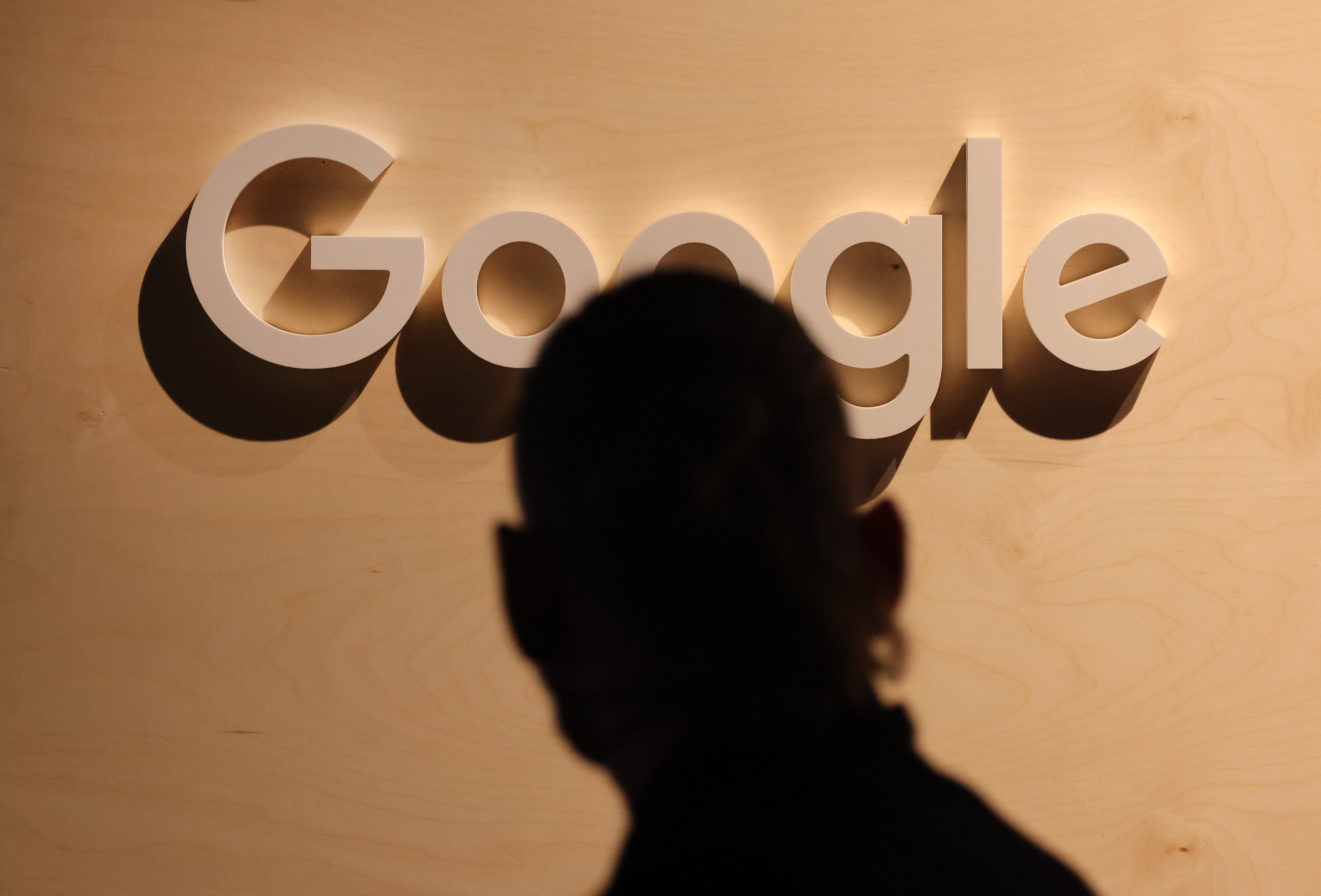McLEAN, Va. — The U.S. Army has provided Google Workspace, the search-and-software giant’s collaboration suite, to more than 180,000 personnel in the wake of email licensing shortfalls and other information-technology dilemmas.
The tally, only expected to grow, comes about six months after the service started quietly testing the constellation of digital tools with a select group and three months after it began publicly rolling it out to troops.
Army Undersecretary Gabe Camarillo on Jan. 12 said Workspace, which includes email, chat and storage functions, has so far been successful. Asked by C4ISRNET and Army Times if there have been any significant hiccups, glitches or compatibility issues, Camarillo said: “None that I’ve been made aware of. At all.”
The Google platform was, early in the process, considered a front-running option to serve troops who lost access to official email accounts amid a choppy change from Defense Enterprise Email and its mail.mil addresses to the Army 365 system, involving Microsoft products.
When the service transitioned to Army 365, it moved to an individual-license model, but quickly realized there would not be enough Microsoft licenses to cover all of its workforce. Officials initially considered having junior personnel forgo official email access, but that plan was dismissed in favor of an “alternate email solution.”
The solution came into focus when Google announced in July its Workspace package achieved IL4 authorization, a security requirement related to the handling of critical infrastructure, defense, intelligence, finance and proprietary business information. It had previously achieved FedRAMP High authorization.
Such qualifications created the path for Army utilization; Google said as much in an October blog post that also disclosed 250,000 users would receive credentials. Workspace was previously adopted by the Defense Innovation Unit and the Air Force Research Laboratory, among other federal entities.
“The government has asked for more choice in cloud vendors who can support its missions,” the company said, “and Google Workspace will equip today’s military with a leading suite of collaboration tools to get their work done.”
The Army’s outgoing chief information officer, Raj Iyer, told Army Times in October that certain organizations within the Army are receiving Workspace because they’re more “self-contained” and may not require the same level of cross-command and cross-service collaboration available through Army 365.
Google and Microsoft compete inside and outside the defense arena, and were in late 2022 picked by the Pentagon, alongside Amazon and Oracle, for its hallmark Joint Warfighting Cloud Capability contract, a $9 billion successor to the Joint Enterprise Defense Infrastructure program.
While the partial adoption of Workspace represents a new front between the tech giants in their war for Defense Department dollars, some observers — inside the Army as well as the private sector — worry about collateral damage. Juggling personnel between different programs, and the related administrative complexities, could create headaches for the Army in the future.
Colin Demarest was a reporter at C4ISRNET, where he covered military networks, cyber and IT. Colin had previously covered the Department of Energy and its National Nuclear Security Administration — namely Cold War cleanup and nuclear weapons development — for a daily newspaper in South Carolina. Colin is also an award-winning photographer.
Davis Winkie covers the Army for Military Times. He studied history at Vanderbilt and UNC-Chapel Hill, and served five years in the Army Guard. His investigations earned the Society of Professional Journalists' 2023 Sunshine Award and consecutive Military Reporters and Editors honors, among others. Davis was also a 2022 Livingston Awards finalist.




